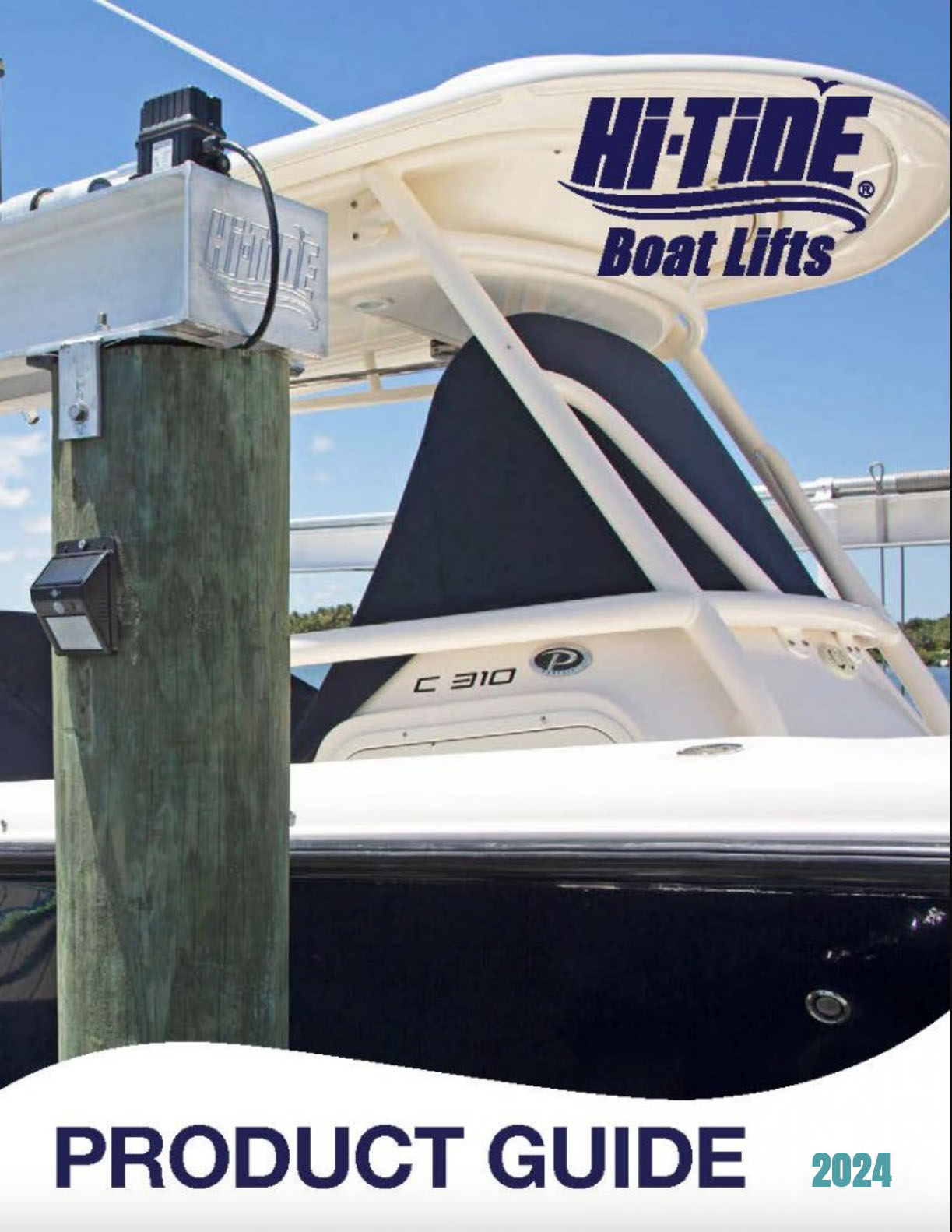
You don’t have to be a frequent boater or conservationist to have heard the fear and dread spreading around the words “red tide.” Making headlines across the state of Florida and beyond, the threat of red tide is very real, but do you understand the risks it poses to wildlife and swimmers? Let’s break down some fast facts to make sure you’re staying safe on the water.
What Do I Need to Know About Red Tide?
What is red tide? Red tide is a harmful algae bloom caused by an overabundance of nutrients in the water, allowing the algae to feed and grow.
What causes red tide? Though red tide occurs naturally, some scientists point to runoff from septic tanks and agriculture for further fuelling algae growth.
Why is red tide harmful? Simply put, the red tide algae is harmful due to two major factors: it produces toxins and can decrease oxygen in the water.
What can be negatively affected by red tide? Everything and everyone in or around the affected waters. Fish can be strangled by the lack of oxygen in the water, die due to the toxins produced by the algae or harm the predators that consume them. Shorelines can become littered with dead sea life, leading to less-than-fun beachgoing conditions. Human swimmers risk skin and eye irritation, as well as respiratory issues in red tide conditions. Winds can even blow toxins onto land, affecting those nearby.
Can I fish during a red tide? Fish may be safe to eat (as long as they are filleted and guts are disposed of) but shellfish should be avoided.
Is it safe to boat during a red tide? Yes! However, you will want to check in on the Florida Fish and Wildlife Commission’s updated red tide status and steer clear of affected areas (especially if you plan on swimming).
Red tide is bad news for our shorelines and those who call them home. From the ecosystem to the economy, this bloom of microscopic life can spell big problems for Florida. But as we deal with this unfortunately frequent issue, understanding its dangers can help keep your next day at the beach or boating adventure from drifting into murky waters.
For more information on red tide, visit this helpful FAQ from the Florida Fish and Wildlife Commision.

